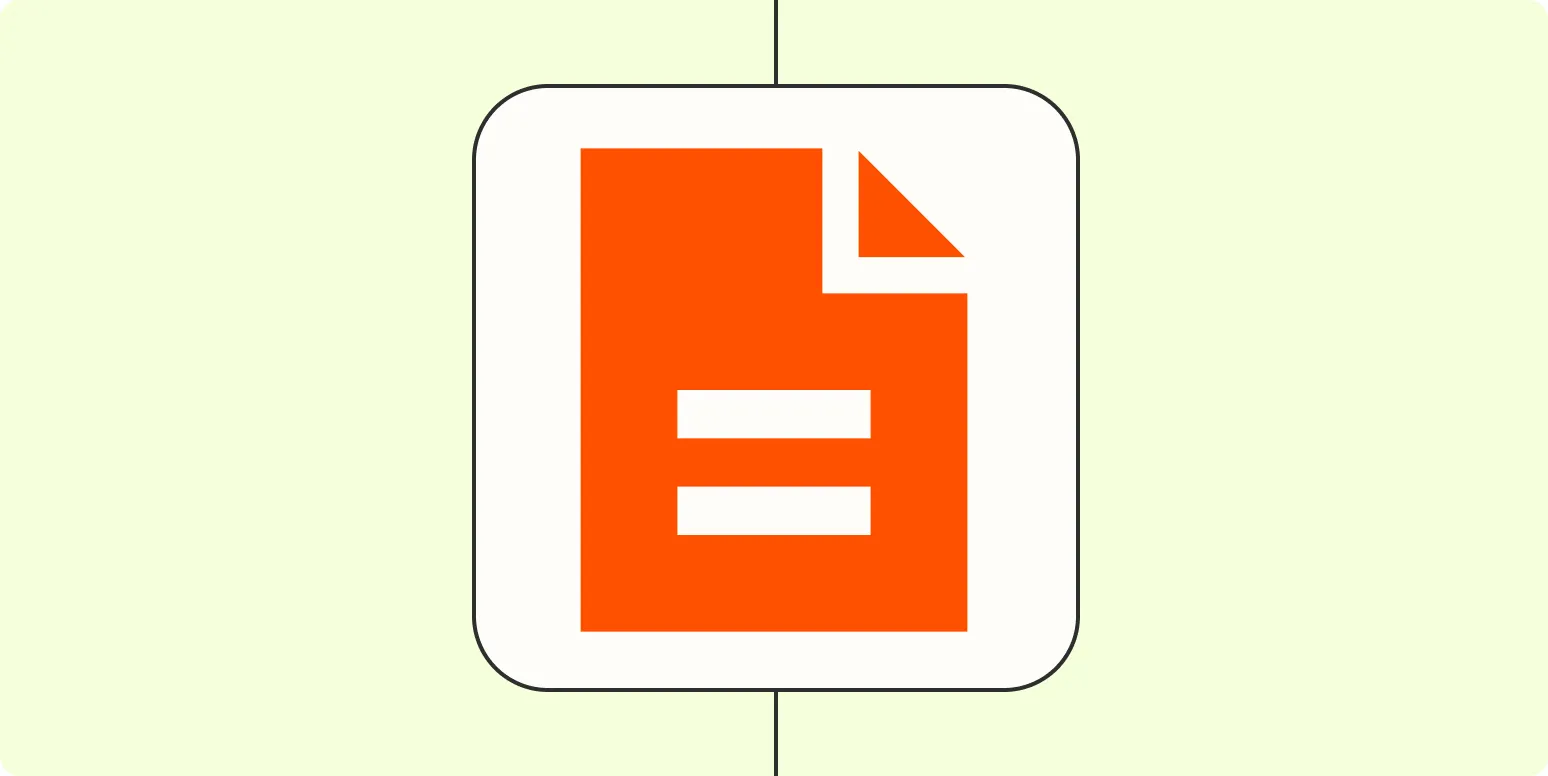1. The Cornell Method
The Cornell Method is a systematic way of taking notes that is designed to help you organize and review your material effectively. It involves dividing your paper into three sections: a narrow left column for keywords and questions, a wider right column for detailed notes, and a summary section at the bottom. This method encourages active engagement with the content, as you'll later use the keywords to trigger recall when reviewing your notes.
Benefits of the Cornell Method include:
- Enhances retention through structured review.
- Facilitates easy summarization of content.
2. Mind Mapping
Mind Mapping is a visual note-taking method that allows you to connect ideas and concepts in a non-linear fashion. By starting with a central idea and branching out into related topics, you can create a visual representation of your thoughts. This method is particularly useful for brainstorming sessions or when you're trying to understand complex subjects.
Advantages of Mind Mapping include:
- Encourages creativity and free thinking.
- Helps visualize relationships between concepts.
3. The Outline Method
The Outline Method is a classic note-taking technique that involves organizing information in a hierarchical structure. You start with main topics and break them down into subtopics, using bullet points or numbers to indicate the hierarchy. This method is particularly effective for lectures or reading materials that follow a clear structure.
Key benefits of the Outline Method are:
- Promotes logical organization of information.
- Easy to review and study from structured notes.
4. The Charting Method
The Charting Method is ideal for subjects that involve comparisons, data, or multiple categories. By creating a table or chart, you can organize information in a way that makes it easy to see relationships and differences among various elements. This method is especially useful for subjects like history, science, or any other discipline that requires comparison.
Benefits of the Charting Method include:
- Facilitates quick visual comparisons of data.
- Helps retain information through structured layout.
5. Digital Note-Taking Tools
With the rise of technology, digital note-taking tools have become increasingly popular. Applications like Evernote, OneNote, and Notion allow you to take notes, organize them, and even share them with others. These tools often come with features like tagging, search functions, and multimedia integration, making it easier to manage and retrieve your notes.
Advantages of digital note-taking include:
- Accessibility across devices and platforms.
- Integration of multimedia elements such as images and links.
Comparison Chart of Note-Taking Methods
| Method | Structure | Best For | Key Benefits |
|---|---|---|---|
| Cornell Method | Divided sections | Review and retention | Structured review and summarization |
| Mind Mapping | Visual layout | Brainstorming and complex subjects | Encourages creativity and visual connections |
| Outline Method | Hierarchical structure | Structured lectures or readings | Logical organization and easy review |
| Charting Method | Grid or table | Comparisons and data organization | Quick visual comparisons |
| Digital Tools | Flexible and versatile | Various applications | Accessibility and multimedia integration |
Conclusion
Choosing the right note-taking method can significantly enhance your learning and retention capabilities. Each method has its unique strengths, so consider your personal preferences, the type of content you are dealing with, and the specific context in which you are taking notes. Experiment with these methods to find the one that works best for you, and you'll soon find that your notes are more effective and easier to review.
By incorporating these strategies into your routine, you can ensure that your notes are not only organized but also a powerful tool for learning and comprehension. Start taking more effective notes today!





